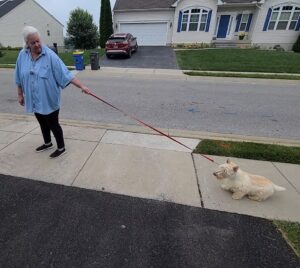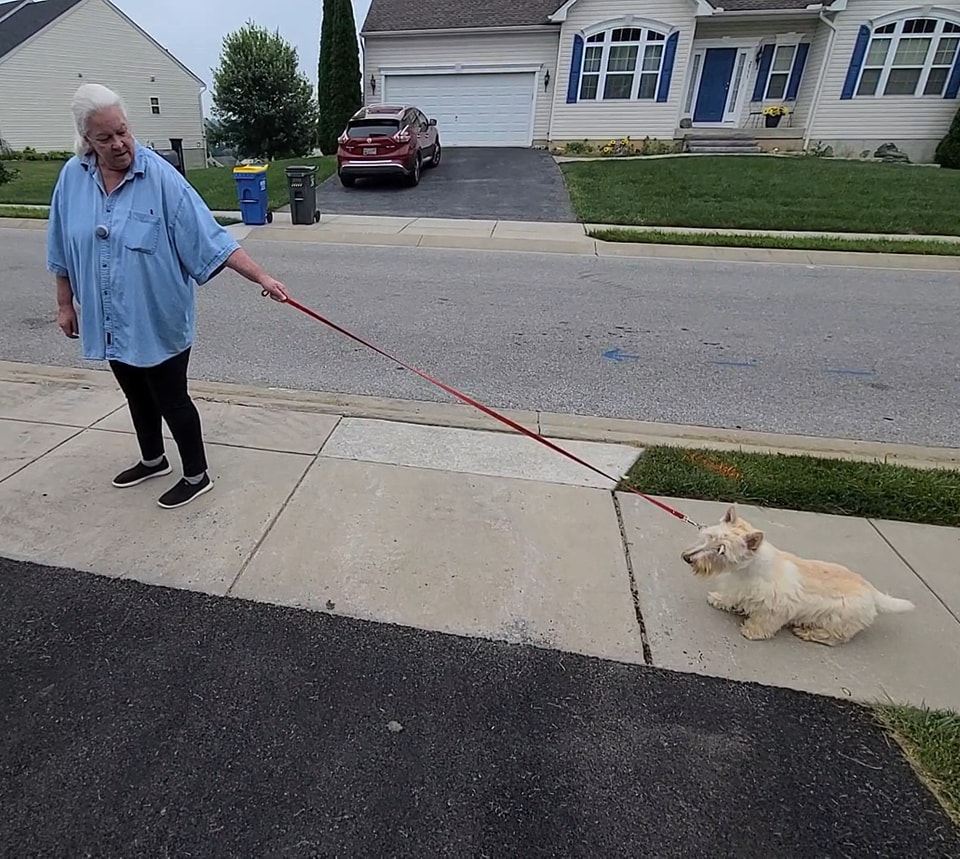“My dog hates the car.”
“My dog hates the vet.”
“I can’t cut my dog’s nails.”
“S(he) won’t eat her food unless I add a little [human food] to it.”
“My dog hates other dogs.”
“S(he) will *be fine* once s(he) gets used to you.”
“My dog is afraid of [thing/place/person/etc].”
“My dog hates the crate.”
With precious few exceptions, all of these things are completely avoidable, so they never happen or can be fixed with appropriate effort.
The reason these behaviors appear is because owners never thought they needed to condition the dog to accept these things. At the very first sign of protest by the dog, the owner stops whatever they are doing and the dog registers that protest makes what the dog doesn’t like, stop.
The next time the owner reenacts the same scenario, the dog doubles its effort, perhaps even quicker, and the owner stops again.
It doesn’t matter what it is, what the dog’s takeaway from each encounter, is when I fight, I win.
It could be as simple as holding a puppy, or putting equipment on the dog.
Owners make these things a struggle and heavily reinforce the dog every time they allow the dog to escape or avoid consequence for refusal or failure.
By the time the dog is a practiced adult, there will come a time where these things will need to be done, and either the owner, a veterinarian, some other caregiver, will be the recipient of a fair bit of fury when the dog exercises his memory of fast refusals at the first whiff of conflict, weighing in at adult weights, and having formed adult opinions.
It doesn’t take much to prevent these things, but folks have their work cut out for them when they try to remediate these issues after they have been hardened by lack of conditioning.
Your dog is more than capable of learning how to be confined, restrained, groomed, approached safely by strangers, travel, etcetera.
What stands in the way of where you are now, and success, is knowing what to do, how to do it, and the effort necessary to get it all done.
We’re here when you’re ready for results.


